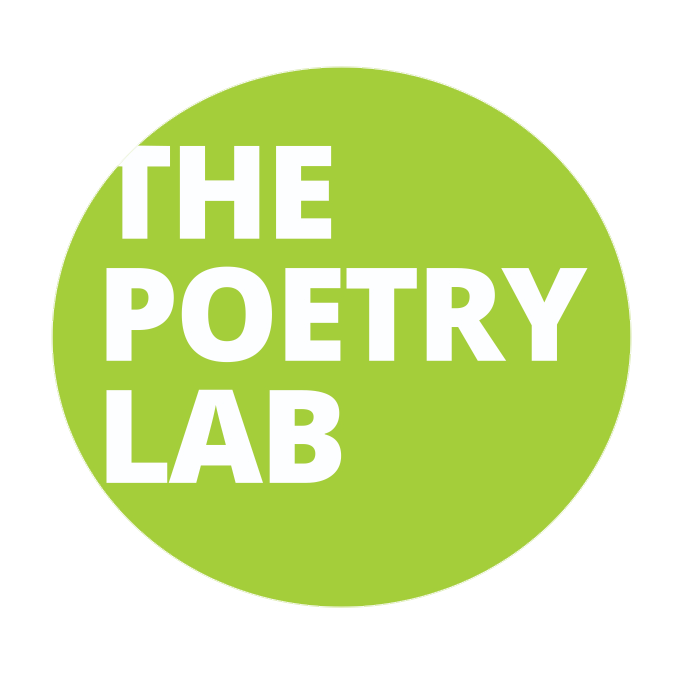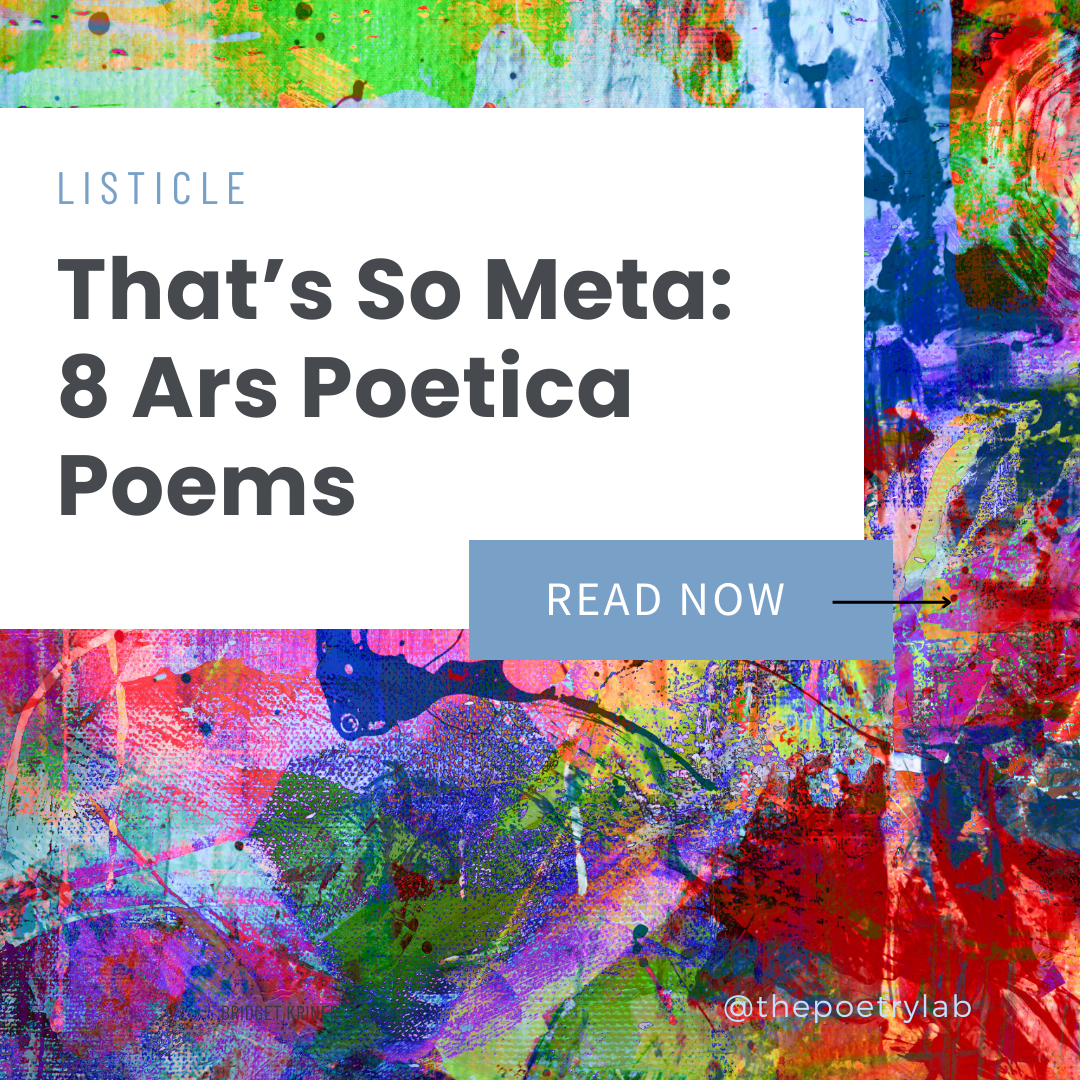The Art of Poetic Structure: Anchoring Your Poems
In a previous article, I explored poetic structure and how it can help you organize your thoughts and ideas in order to better create surprise in poems by using two different types of poetic turns. This time around, I want to offer some examples and ways to anchor your poems.
What do I mean by that? Well, poetic turns offer the element of surprise, and they can also build tension, particularly when placed in the middle of a poem. However, you don’t want to lose your readers by leading them away from the topic or idea you’re trying to convey.
It’s great to play with unrelated objects, words, or images, and see how they connect, but you want to keep the readers engaged all the way to the end of your poem. That’s where the “anchor” comes in.
Why anchor, you might ask? Why not thread or another word? The idea came to me after I wrote my first manuscript. The title, Study of the Raft, is a metaphor for migration. Since I grew up near the Caribbean, my idea of migration and borders expands to the ocean and to people who create makeshift rafts so they can leave their countries or islands.
The raft is both a means to travel and a refuge. It is also an anchor, what keeps them tethered to life and hope and the possibility of a different future. Similarly, in a poem, the anchor is like a compass. It keeps both the writer and their readers on the page, captivated by and invested in what they read.
I will offer some examples of poems I’ve come across in the last few years that helped me “see” how this concept of the anchor works and what it can look like on the page for different writers.
Below, you will find three different poems and techniques to consider and experiment with. Even if you have tried one or all of them before, I encourage you to do so again with the intention of keeping yourself within the thought structure of your poem.
You can also use these techniques for revision, going back to a poem and maybe adding another layer of complexity to it.
Playing with words and their meanings
If you’re like me, you are fascinated by words, where they come from, how they evolved to become what they are today. One word can mean more than one thing, not only because that’s how it appears in the dictionary, but also because words take cultural and social meanings, depending on who does the talking and the identities they embody.
In the poem “Wild Turkey,” Ojibwe poet Heid E. Erdrich starts with a surprising turn that deviates from what we think the title might be speaking of,
Not the bottle
Not the burn on the lips
lit throat glow
Not even wild really
but a small-town bird
whose burgundy throat
shimmers like nothing ever
While the title evokes the image of an animal, the first lines takes the reader in a different direction, alluding instead to an alcoholic drink (bourbon, to be precise). There’s a “bottle” and also the sensations experienced when drinking Wild Turkey (“burn on the lips,” “lit throat glow”).
The poem continues to weave these 2 images together creating parallels between the animal and the bourbon, ending with these powerful lines which take us back to the beginning,
Drunk on solitude I’d talk to anybody
I try his language on my lips
His keen response burns like shame
Using an object as your anchor
Have you ever taken a workshop or read a prompt that asks you to think of an object (or observe it and hold it if it’s available and close) and then write about it? You might be asked to be as descriptive as possible, giving details about its physical appearance before diving into the significance this particular object has for you.
The more you write, the more you’ll realize your object is a metaphor for something else. This is what happens in the poem “Psychoanalysis of a Piñata” by Alan Chazaro, from his book Piñata Theory,
The fault line between me runs north
from south, a zag
splitting my skull and bursting
my edges.
Chazaro uses the piñata, an object of cultural significance for many folx of Latin American descent, to speak about his own experiences and identity, growing up Mexican American in a country where immigrants are mistreated, taken advantage of, and rendered invisible. But the piñata is used in celebrations, so it also becomes a way to preserve cultural rituals and to challenge the dominant culture. There’s fierceness in this poem as well,
I make sweetness
out of fractures, make fire
dance from teeth,
Read “Psychoanalysis of a Piñata” ↗
You can read a preview of this book that includes this and other poems here.
Using repetition
Sometimes, using a word or a phrase repeatedly not only builds a particular cadence that adds to the rhythm of the poem, but also allows readers to see one idea or thought in different ways and from different angles. It keeps them focused and becomes like a mantra, or like the chorus or a favorite song. We can’t help but to keep reading to see what happens.
This is the case of “Because,” by Ellen Bass, where the speaker uses the word “Because” repeatedly to talk about the physical experience of giving birth in a specific time period (California in the 70s), and the emotions that come with that experience,
Because the night I gave birth my husband went blind.
Hysterical, I guess you’d call it.Because there’d been too many people
and then there was no one. Onlythis small creature—her tiny cry
no bigger than a sequin.Because I’d been pushing too many hours.
Even with her soft skull plates shifting,the collar of my bones too slender.
The poem layers the speaker’s thoughts so that we as readers also learn about her relationship with her husband, his reactions to the birth, and, as we move toward the end, the poem becomes a reflection of the speaker’s present reality.
Try It Yourself
Now that you’ve read these examples and seen how different authors work with this idea of the anchor in their own poems, I’m leaving you with a couple of prompts to try.
The first is a layered prompt, meaning it has several steps with suggestions for how much time to take with each step. Feel free to take more or less time, as you see fit.
The second prompt asks you to consider a few questions and to address them while you write your poem. Both prompts can also be used for writing prose, especially shorter (flash) pieces.
Have fun!
Prompt 1
Step 1) Make a list of 5 objects or animals that have special meaning for you. You can also think about words or phrases that can be interpreted in different ways (related to food, cocktails, names of establishments, movie characters, etc). (2 minutes)
Ex. ladyfingers, re(member), no name, lion’s tail, wish bone
Step 2) Choose 2 of your objects or words and describe them in as much detail as you can (color, shape, sound, texture, etc.). (4-5 minutes)
Step 3) Choose 1 of these objects or words. What associations come to you when you think about it? Does it have more than one meaning? (5 minutes)
Step 4) Write a poem about your object or word. Feel free to follow the structure of one of the examples we read. Experiment and don’t be afraid to leap high and away. (20 minutes)
Prompt 2
Write a poem where you address the following questions:
What are you keeping buried? Name it (a secret, anger, an event you don’t talk about much, an embarrassing moment).
What would it look like if you unburied that thing/secret/event and talked about it to someone else? What would you discover? Use sensory details to describe your process. Peel the layers back one by one.
You can start with “I want to tell you about…” or “What I really mean to say is…”
What emotions come up for you? You can also ask questions as you write and let them be a part of your process.
This article was published on August 12, 2024. Written by:
Explore Books by Teaching Artists at The Poetry Lab 👆










